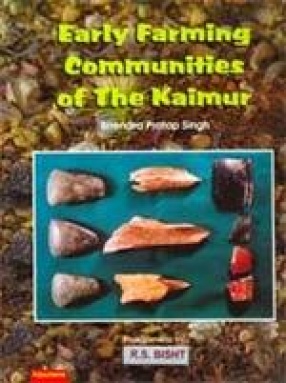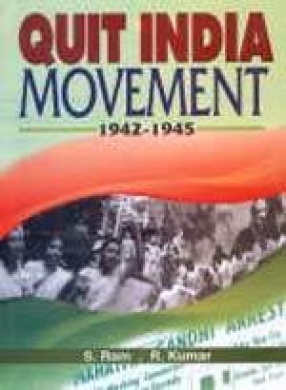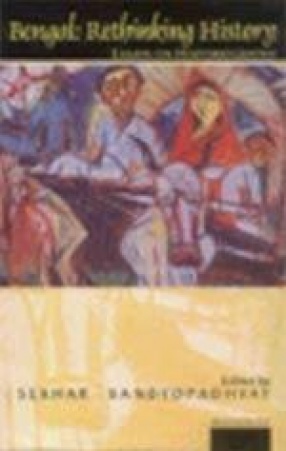The volumes embody the results of archaeological excavations conducted at Senuwar, district Rohtas, Bihar by r. Birendra Pratap Singh, one of the senior-most archaeologist of the Banaras Hindu University who has experience of field research of over three decades. The work highlights the potential of this area in terms of understanding the socio-economic conditions of the Neolithic, Neolithic-chalcolithic and Chalcolithic population. The site provides conclusive evidence of a unilinear evolution of culture in this region from Neolithic to NBPW. Themeticulous investigations at Senuwar have enabled us to reach such deductions that may alter the course of archaeological and historical reconstructions made so far. Volume II has been synthesized to bring together the broad ranging and thought provoking articles by some learned scholars of diverse scientific backgrounds, to mark a close-knit integration with the economy, technical skills and the exploitation of material wealth of ancient settlers at Senuwr. Dr. R.s. Pappu, an archaeologist and Quaternary geomorphologist attached to the Deccan College, Pune has contributed to ‘Site Catchment Analysis’. The welcome narrative on plant economy has been contribute by Dr. K.S. Saraswat, Senior Scientist at Birbal Sahni Institute of Palaeobotany, Lucknow and a noted palaeoethnobotanist of the country. He is known to have extensively contributed to the overall archaeological perspective of Harappan-culture in the Middle Ganga Plain. His approaches have offered a body of empirical evidence against which archaeological models are being evaluated. On plant remains from Senuwar excavations, botanical approach opens up avenues to conceptualize the growth and concomitant development of agriculture based economy from the earliest Neolilthic to Chalcolithic times, and also furnishes information on economic and ecological background of ancient settlers in this region. The diffusion of the founder crops of Harappan economy, must have had entailed the modifications in the agricultural development of far distant areas in the east. The diffusion of the founder crops of Harappan economy, must have had entailed the modifications in the technological skills of Neolithic farmers to enhance food production in the rice-growing Kaimur region of Bihar. These results are expected to be reckoned with, in the context of archaeology of Middle Ganga Plain.
Early Farming Communities of The Kaimur (In 2 Volumes)
In stock
Free & Quick Delivery Worldwide
reviews
Bibliographic information
Title
Early Farming Communities of The Kaimur (In 2 Volumes)
Author
Edition
1st ed.
Publisher
ISBN
8181820037
Length
xxxii+404p., xvi+405-636p., Figures; Tables; Maps; Notes; Appendices; Bibliography; Index; 29cm.
Subjects





There are no reviews yet.